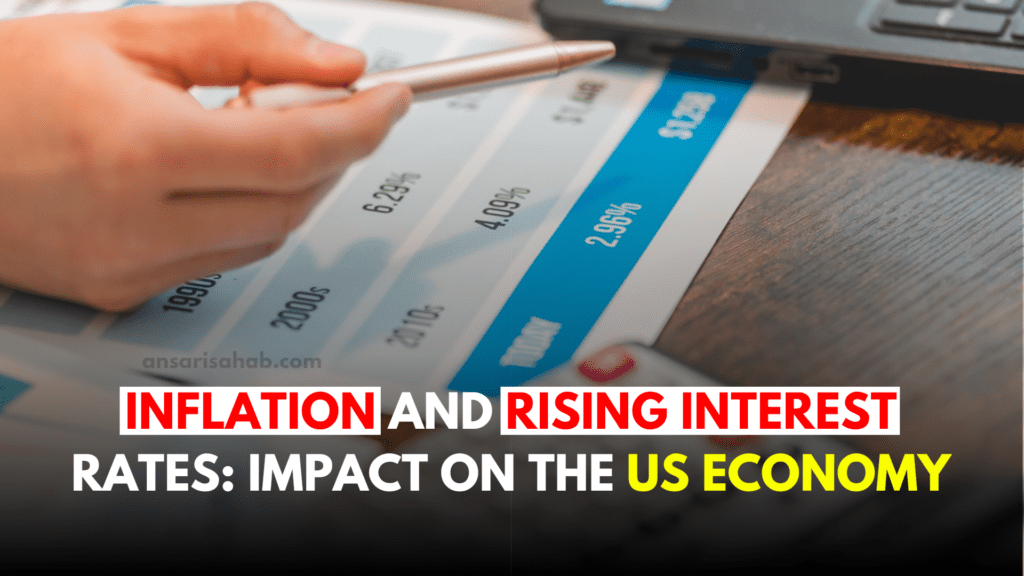As of August 21, 2025, Bajaj Finance Ltd. continues to be one of the most actively traded stocks on the Indian stock market. The company’s share price has shown significant movement, reflecting investor sentiment and market dynamics. This blog provides an in-depth analysis of Bajaj Finance’s share price, key financial metrics, and market outlook based on the latest available data.
Bajaj Finance Share Price Overview
- Current Price: ₹892.85
- 52-Week High: ₹978.59
- 52-Week Low: ₹645.31
The share price of Bajaj Finance has experienced fluctuations within the 52-week range, indicating market volatility. Investors should consider these price levels when making investment decisions.
Key Financial Metrics
P/E Ratio
- Current P/E Ratio: 31.64
- Forward P/E Ratio: 26.38
The Price-to-Earnings (P/E) ratio is a critical indicator of a company’s valuation. Bajaj Finance’s current P/E ratio suggests that the stock is trading at a premium compared to its earnings. The forward P/E ratio indicates expectations of earnings growth in the coming periods.
Dividend Yield
- Dividend Yield: 0.65%
Bajaj Finance offers a modest dividend yield, which may appeal to income-focused investors. The company’s dividend policy reflects its commitment to returning value to shareholders.
Market Capitalization
- Market Cap: ₹5.51 Trillion
With a market capitalization exceeding ₹5 trillion, Bajaj Finance is one of the largest non-banking financial companies (NBFCs) in India. This size provides the company with significant market influence and operational scale.
Profitability and Efficiency
Return on Equity (ROE)
- ROE: 19%
The Return on Equity measures the profitability relative to shareholders’ equity. A 19% ROE indicates that Bajaj Finance is effectively generating profits from its equity base.
Return on Capital Employed (ROCE)
- ROCE: 42.2%
The Return on Capital Employed assesses a company’s efficiency in generating profits from its capital. A 42.2% ROCE highlights Bajaj Finance’s strong operational performance.
Debt-to-Equity Ratio
- Debt/Equity Ratio: 3.13
The debt-to-equity ratio indicates the proportion of company financing that comes from debt and shareholders’ equity. A ratio of 3.13 suggests that Bajaj Finance employs a significant amount of debt in its capital structure.
Market Performance and Outlook
Bajaj Finance’s share price has shown resilience in the market, with a notable increase of 30.5% in 2025 so far. Factors contributing to this growth include:
- GST Reform Tailwinds: Potential Goods and Services Tax (GST) cuts on consumer durables are expected to boost demand, positively impacting Bajaj Finance’s lending volumes and margins.
- Sovereign Credit Rating Upgrade: India’s first sovereign credit rating upgrade in nearly two decades is anticipated to improve borrowing conditions and consumer sentiment, benefiting financial institutions like Bajaj Finance.
- Technical Indicators: Positive technical indicators support continued bullish momentum for the stock.
However, investors should remain cautious of potential headwinds, including rising credit costs and uncertainties regarding leadership succession within the company.
Conclusion
Bajaj Finance’s share price and financial metrics reflect a company with strong market presence and operational efficiency. While the stock shows promising growth prospects, investors should consider both the opportunities and risks associated with investing in Bajaj Finance. Continuous monitoring of market trends and company performance is essential for making informed investment decisions.
Sources:
HDFCsky
Economictimes
Angleone









